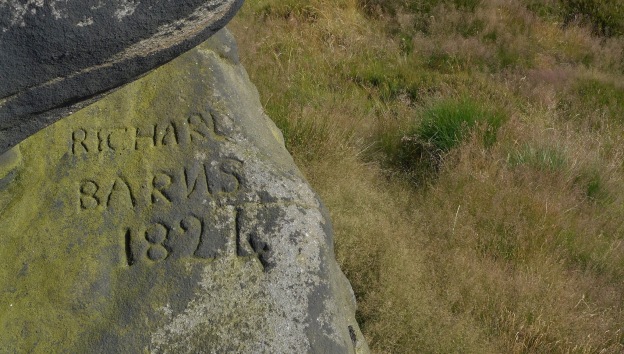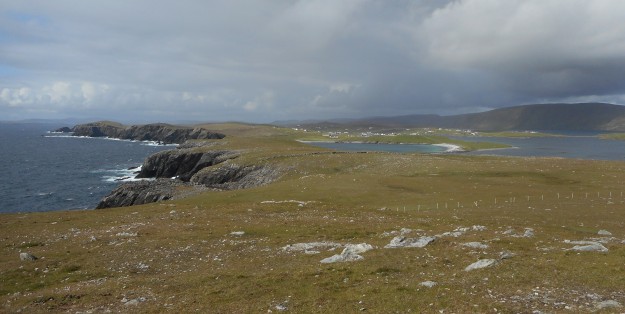I had decided to base myself in the village of Mankinholes, near Todmorden, for the weekend. Mankinholes lies below the Napoleonic monument of Stoodley Pike, which sits on the Pennine Way and is a great starting point for walks over the Pennine moors. Walking in warm sunshine from Todmorden railway station (a distance of only 2.5 miles along the canal and across fields) with breakfast, dinner and tea supplies for the weekend I decided to walk the more direct route so that supplies could quickly be dropped off at the hostel, and I could set off on an evening walk.

Looking towards Todmorden

Stoodley Pike from the Pennine Bridleway near Mankinholes
Heading onto the moors in the early evening was the perfect way to relax after a day at work, and to visit Stoodley Pike without the usual crowds of the weekend. Stoodley Pike is a very popular local walk! I’ve approached the Pike from the Mankinholes (western) side, Hebden Bridge (eastern) side, and from Cragg Vale (south-eastern) side before and the approach from the west is far more enjoyable thanks to the views of Stoodley Pike along the moorland edge for around a kilometre or so. Approaching in any other direction just means that you don’t see it until you’re virtually there.

Stoodley Pike on Friday evening
Having walked to Stoodley Pike on the Friday evening I felt I could now explore the moors without feeling like I’d ‘missed out’! Setting off on the Saturday in baking heat at only 8am, I plodded up onto the moors and instead of turning left towards the Pike, I turned right in the direction of the Pennine Way and Blackstone Edge. A stone seat at SD 966 228 dedicated to “our dad Cyril Webster who died 1992 ‘still walking the hills’” complete with backrest which provided some shade was very much appreciated. Whilst making the most of this unexpected treat I watched as two swallows swooped low in front of me and then a buzzard circled higher and higher in the cloudless sky.
Continuing on the Pennine Way to around SD 965 220, a path heads from here towards Withens Clough reservoir – I promptly left this to head up to the Holder Stones, Little Holder Stones and over the pathless moor to White Holme reservoir.
The Pennine Way can be found not far from here – after some very tedious walking along tracks and past pylons and turbines –
and followed until almost back in Mankinholes.
Before leaving the moors I decided to take a detour over Coldstones Hill and, finding a perfectly-shaped boulder for the purpose, spent almost an hour watching hang gliders and walkers making the most of the summer weather.

Good spot for a rest, no?
























